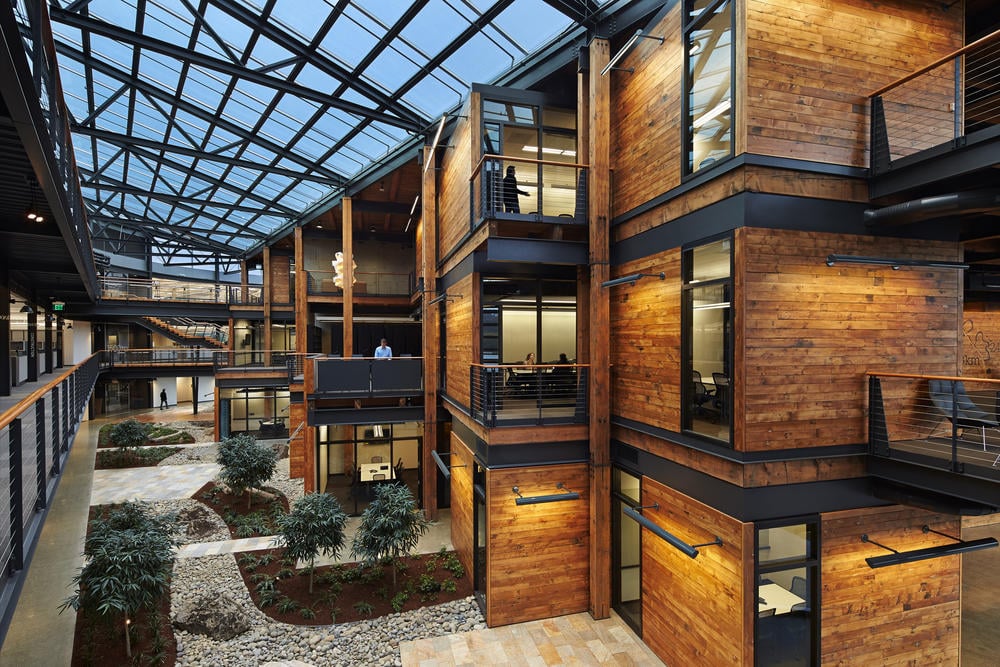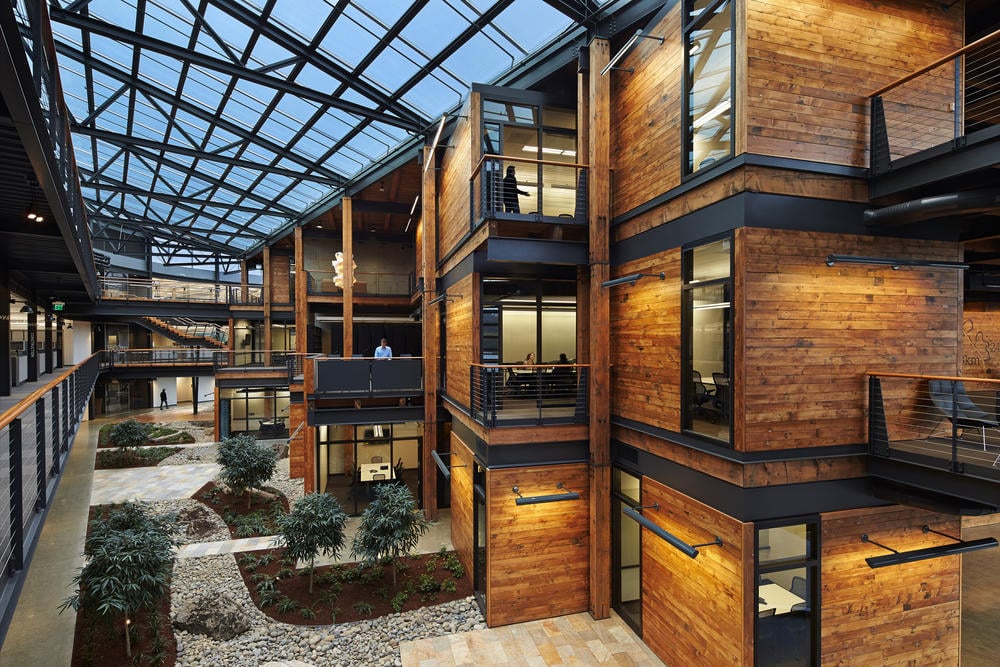
November 21, 2017
Blue Light is “Catnip” For Our Physiology, But Designers Need to Control It Says ZGF’s Daylighting Specialist
ZGF’s sustainability strategist Marty Brennan talks with Metropolis about the holy grail of lighting design, sunlight, and its impact on circadian rhythms.

This is the first installment of Metropolis’ new video series, The Slant. Each segment features designers, stakeholders, and end-users weighing in on innovative research, dynamic trends, and thought-provoking ideas that promise to change the way we shape and inhabit buildings.
Most of us are accustomed to working in our offices surrounded by the harsh glow of fluorescent tubes and computer screens. But a growing body of research is increasingly revealing the impact of different kinds of lighting on humans’ physiological and psychological states. Marty Brennan, a project architect and lighting specialist at ZGF Architects, says that daylight remains the gold standard for interior lighting and, though difficult to replicate, architects and interior designers are increasingly devising ways to achieve its wellness-promoting effects—especially in the workplace.
“We understand that daylight changes constantly—the color changes, the intensity changes, it changes with seasons, it’s full spectrum,” Brennan told Metropolis at a Think Tank discussion in Seattle. “Daylighting has a lot of healing properties that humans respond to, that all animals respond to, so how can we bring more daylight into the space and how can we support that with electric lighting?”
One strategy, Brennan says, is controlling the amount of blue light we are exposed to. Though this sort of high-energy light (also emitted in electronic screens) is “catnip” for the senses, “we as designers have to know when to give you blue light and when to take it away,” says Brennan. To gain a better understanding, ZGF teamed up with the University of Washington in 2015 to develop Lark Spectral Lighting, an open-sourced plugin that allows designers to simulate circadian light and design spaces to support physiological rhythms.
Catch more videos from The Slant here.





